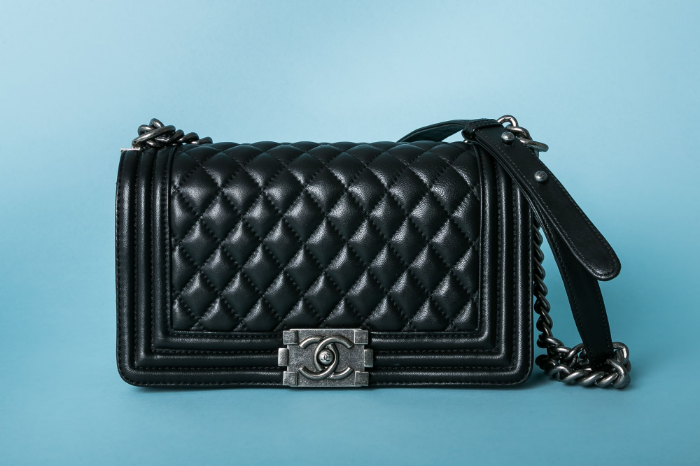
image: Racked
Not only are counterfeit goods becoming increasingly sophisticated, and difficult to clearly identify as fakes, as a result, they are growing in volume. According to the U.S. Customs and Border Protection (“CBP”) and U.S. Immigration and Customs Enforcement (“ICE”) agencies, a record number of 34,143 shipments of goods that violated companies’ intellectual property rights were seized upon entry into the U.S. in 2017. Those seizures, whose goods would have been worth more than of $1.2 billion had the products been authentic, represent a nearly 10 percent jump from the number of fakes confiscated in 2016.
According to the CBP and ICE, “The merchandise category with the highest number of seizures continued to be apparel and accessories, resulting in approximately 15 percent of all seizures in FY2017.” These products included both trademark infringing and counterfeit luxury products, including those posing as Louis Vuitton, Gucci, Chanel, and Hermes, are routinely some of the most heavily copied.
Sportswear giants are also frequently targeted with Nike, for instance, falling in the middle of a “sophisticated scheme” by a China-born, New York-based man to import $250 million in fake Nike brand-name apparel and footwear into the U.S.
(Note: The requirements that must be met for something to be deemed a counterfeit are higher than those required for a good that infringes a party’s trademark; i.e., a counterfeit goods make use of another’s trademark which is made to look “identical to or substantially indistinguishable” from the actual mark, which is federally registered, of course, and used in the same classes of goods that the authentic trademark owner’s registration extends to).
Also commonly found in the mix: Counterfeit beauty and personal care products, which pose particularly significant risks to consumers as these goods have a track record of containing toxic chemicals and are almost never in line with the tenets of the U.S.’s Federal Food, Drug, and Cosmetic Act.
The two top exporters of counterfeit goods to the U.S. in 2017, according to CBP and ICE, were China and Hong Kong. Almost 50 percent of all seized goods, or a total of $554.6 million products, came from China. Approximately 39 percent out of all seized shipments last year came from Hong Kong.
“The theft of intellectual property and trade in counterfeit and pirated goods causes harm to an innovation-based economy by threatening the competitiveness of businesses and the livelihoods of workers,” said CBP Acting Commissioner Kevin McAleenan in connection with the agency’s annual report. “Another record-breaking year of IPR seizures highlights the vigilance of CBP and ICE personnel in preventing counterfeit goods from entering our stream of commerce and their dedication to protecting the American people.”
Meanwhile, fashion brands, acknowledging the difficulty of fully stomping out the counterfeit trade, are increasingly addressing the issue. Italian design brand Diesel, for instance, recently skipped a Fall/Winter 2018 runway show and instead, masqueraded as a counterfeit seller on New York’s Canal Street. Before that, the Spring/Summer 2017 shows saw Dolce & Gabbana bring legal commentary to the runway by way of t-shirts that read “Dolce & Gabanna,” “Docce & Gabbinetti” and other slightly askew offerings.
Still yet, Virgil Abloh, the creative behind Off-White, whose brand is one of the buzzier – and thus, more counterfeited of the moment – unveiled a makeshift Canal Street set up outside of his Spring/Summer 2017 show venue in Paris last summer, offering fake fake (aka real) Off-White bags.










